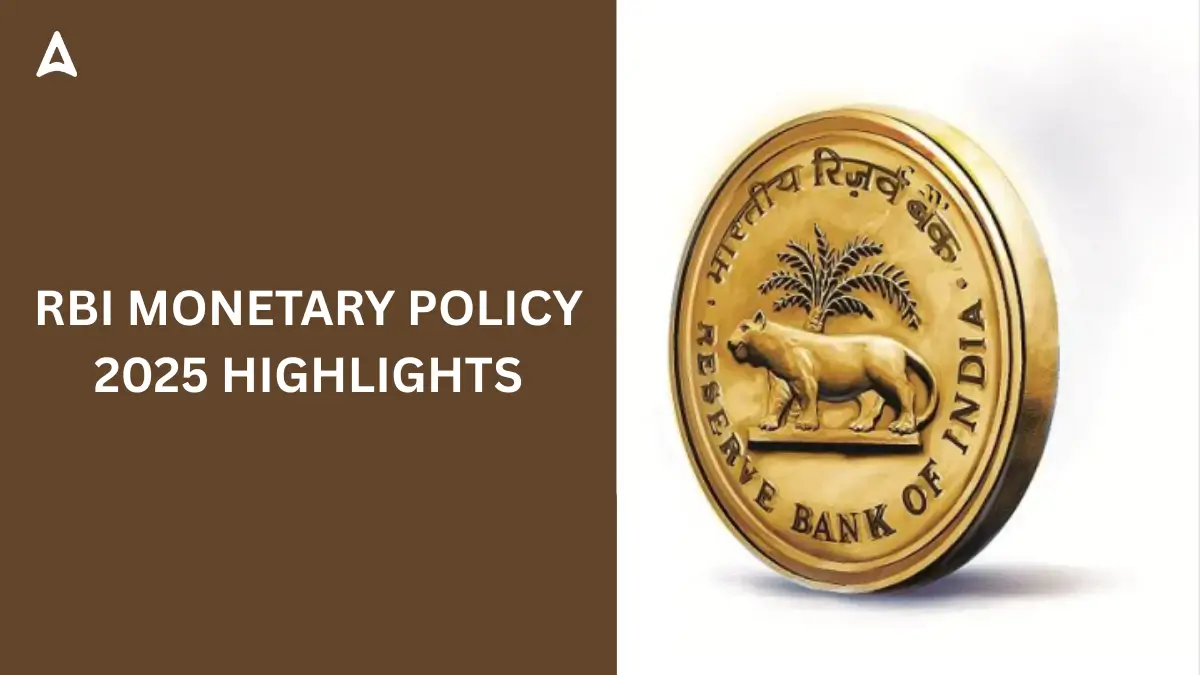The Reserve Bank of India (RBI) has reduced the repo rate by 50 basis points. This means the rate has come down from 5.50 percent to 6.00 percent. This decision was made during the latest Monetary Policy meeting in June2025. The purpose of this move is to give a boost to the economy.
RBI Monetary Policy 2025 Highlights (June Edition)
The Reserve Bank of India (RBI), in its Monetary Policy Committee (MPC) meeting held in 4 to 6 June 2025, made significant announcements aimed at supporting economic growth while managing inflation. Here are the key highlights:
Repo Rate Cut by 50 Basis Points:
The repo rate has been reduced from 6.00% to 5.50%, marking the third consecutive rate cut of 50 basis points this year. This move aims to boost credit flow, reduce borrowing costs, and support overall economic growth. Cash Reserve Ratio (CRR) reduced from 4% to 3%, injecting additional liquidity into the banking system.
Policy Stance & Rationale:
RBI shifted its stance from “accommodative” to “neutral,” indicating that the rate-cut cycle may be pausing unless future data strongly supports further easing. This shift follows persistently low inflation (April CPI at 3.16%, near a six-year low) and aims to support economic activity amid global uncertainties.
Growth & Inflation Outlook:
GDP growth for FY 2025–26 maintained at 6.5%, with a longer-term goal of 7–8%. Inflation forecast for FY26 revised downward to around 3.7%, below the previous 4% projection.
Immediate Impact & Commentary:
Borrowers with floating-rate loans can expect lower EMIs due to the repo rate cut. The RBI and analysts emphasized the easing is designed to boost credit growth and investment, with banks urged to ensure benefits reach borrowers.
The neutral stance reflects caution, signaling an end to aggressive rate cuts while maintaining flexibility to respond to evolving economic data.




 GA Capsule for SBI Clerk Mains 2025, Dow...
GA Capsule for SBI Clerk Mains 2025, Dow...
 The Hindu Review October 2022: Download ...
The Hindu Review October 2022: Download ...
 IBPS PO Apply Online 2025, Online Applic...
IBPS PO Apply Online 2025, Online Applic...


